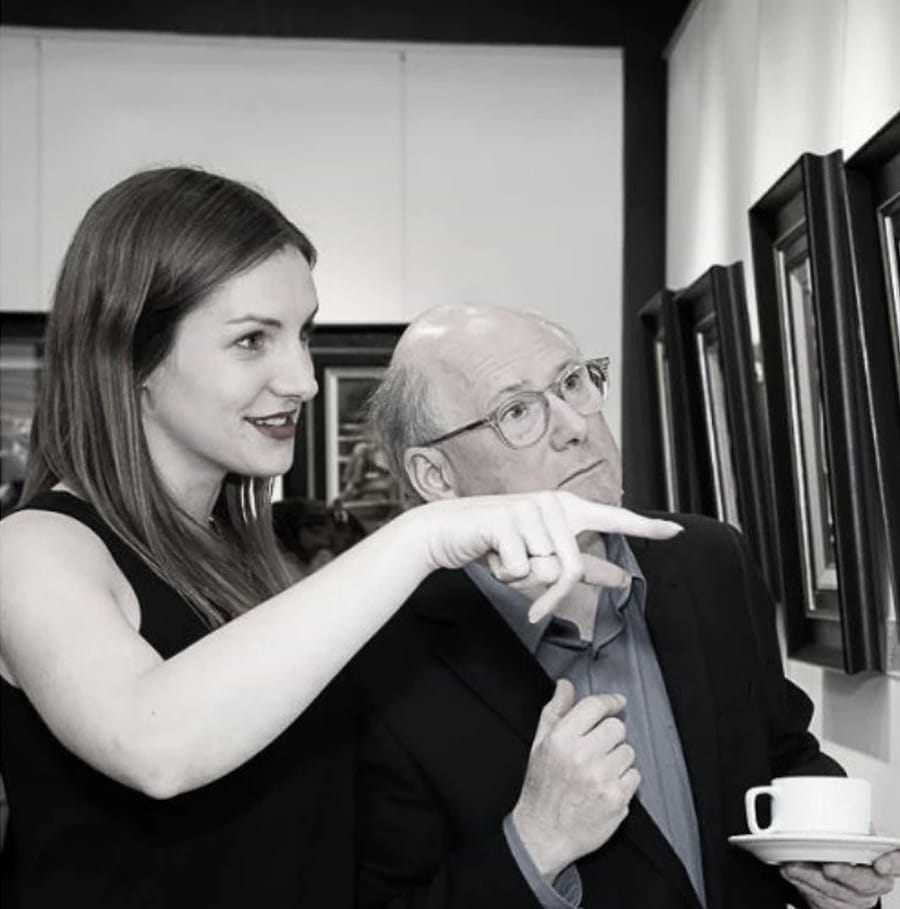Bridget Riley
Bridget Riley (b. 1931) is a pioneering British artist known for her groundbreaking work in the Op Art movement, which explores the optical effects of colour, pattern, and perception. Born in 1931, Riley gained prominence in the 1960s for her dynamic, geometric compositions that often create a sense of movement and illusion when viewed.
Her signature use of bold, repetitive patterns and contrasting colours challenges the viewer's visual perception, creating an experience of pulsating or shifting images. Riley's work goes beyond mere abstraction, offering a deep engagement with how the human eye processes and reacts to visual stimuli. Her innovative contributions to art continue to influence contemporary artists and the broader field of visual perception.
Bridget Riley's auction record was set on March 22, 2022, when her painting Gala (1974) sold for £4.36 million ($5.74 million) at Christie's in London. Gala exemplifies Riley's mastery of geometric abstraction and optical effects, characteristic of her pioneering work in the Op Art movement.
Explore our available collection of Bridget Riley artwork and discover the hypnotic and rhythmic world of this renowned artist.
Artworks
Bridget Riley Biography

Consign with us
If you own a work by Bridget Riley, we may be interested in purchasing or consigning the piece from you.
If you wish to discuss this further please contact our specialist in 20th and 21st century masters, LuciStephens@clarendonfineart.com


















































